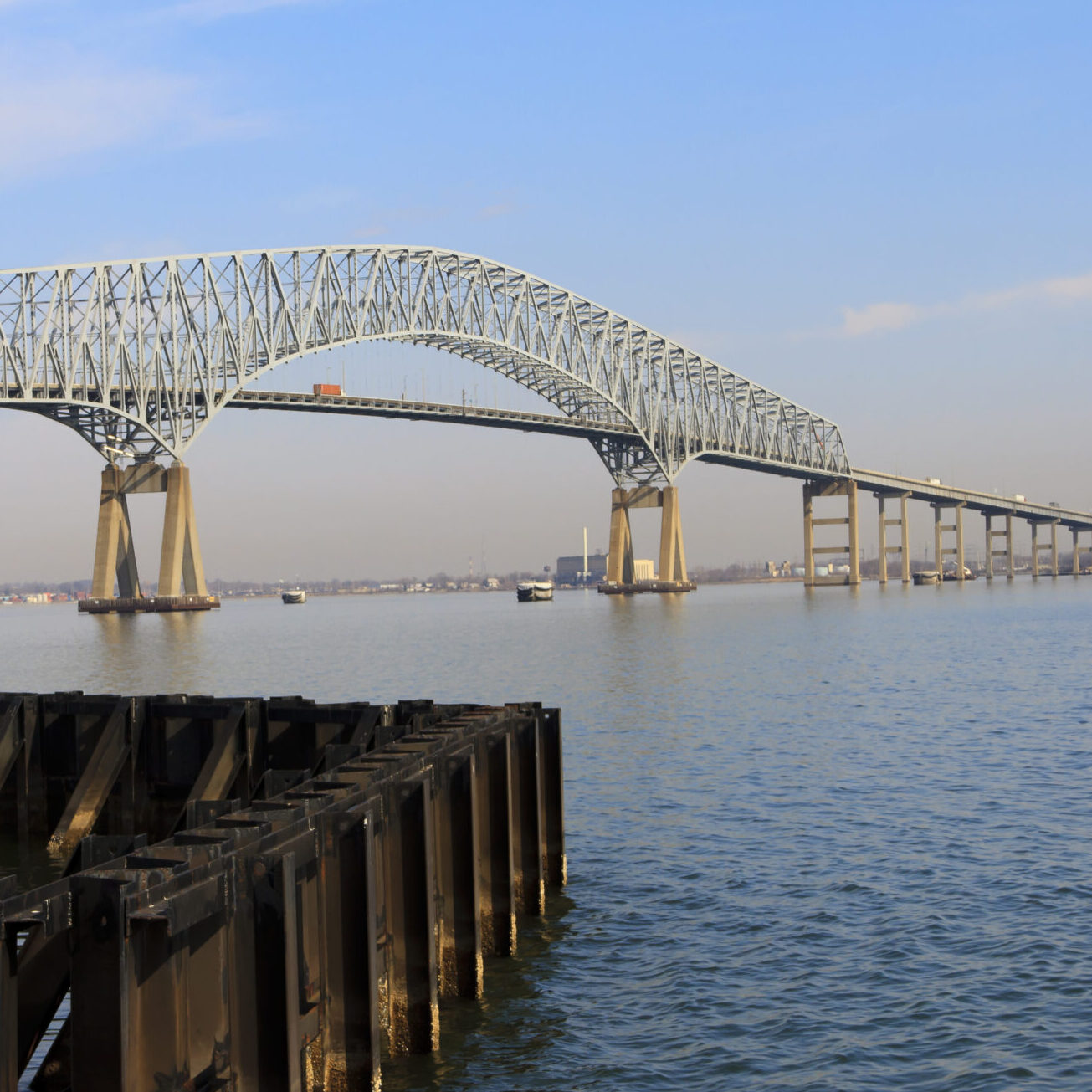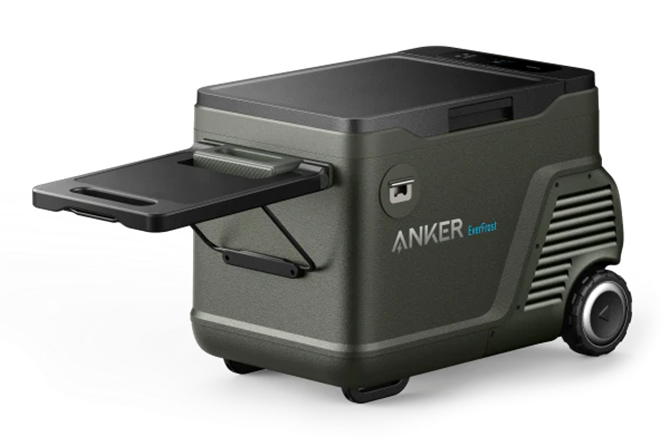
“Texas Damages”
April 1, 2014
In Property Subrogation, one of the most difficult damages situations to deal with is a commercial loss where older equipment is destroyed and that equipment is integral to the operation of a facility. Oftentimes, the business decision is made to replace used equipment (which may not have a fair market value in the marketplace) with new equipment, to minimize the downtime and the associated business income loss. A recent Texas case may give property subrogators some ammunition to contest how those pieces of equipment get valued for recovery purposes.
In Factory Mutual Ins. Co. a/s/o Veolia v. Alon USA L.P., WL 257134 (5th Cir. 2013), Factory Mutual Insurance Company (³FM²), was awarded damages stemming from an industrial accident that destroyed a waste treatment plant at an oil refinery plant owned by Alon. Alon owns and operates an oil refinery in Big Spring, Texas. It relied on the equipment and services of a third party, Veolia North AmericaWest (³Veolia²), for on-site water treatment and waste management. The equipment located in the waste treatment facility (known in the lawsuit as the ³the Scalfuel facility²) was owned and operated by Veolia and insured by FM. One day, a cloud of vapor exploded at the Scalfuel facility, destroying it. Veolia filed a claim with FM in the amount of $6,106,880, which FM paid. Thereafter, FM filed a subrogation claim against Alon to recover damages stemming from the explosion.
Before the bench trial began, Alon stipulated to liability (which we all know happens routinely), leaving only the issue of damages to be determined. At trial, the parties agreed that damages would be determined by the fair market value of the Scalfuel plant before the explosion, but they disagreed as to how fair market value should be calculated. FM contended that it was entitled to the Scalfuel plant’s replacement cost, i.e., the cost of new parts and labor adjusted downward to account for the original plant’s depreciation at the time of the explosion, since there was no open market for Scalfuel plants that can be used as a measure of value. Alon argued that FM was only entitled to the fair market value of the Scalfuel plant’s component parts. FM sought $6,106,880, whereas Alon claimed FM could only recover $877,882.
The district court found that, even though there was a market for specific used components, there was no market for used Scalfuel systems. Since the sum price of a Scalfuel system’s components does not reflect the full value of an operational Scalfuel plant, the district court found that the fair market value is determined by the replacement cost adjusted for improvements in value beyond the destroyed plant and depreciation reflecting the remaining useful life of the plant before its destruction. Accordingly, the district court found Alon liable for $3,790,391.96, plus interest. To reach this figure, the district court started with an estimate for new equipment, including taxes and shipping, of $2,356,110. Ten percent was added to this amount as a contingency. The combined sum was then multiplied by 2.25 to account for the costs of installation, testing, and startup and the result was then multiplied by 0.65 to account for the original Scalfuel plant’s 35% depreciation.
If a market exists for the property destroyed, i.e., if willing buyers and willing sellers engage in the sale of the property at issue, then comparable sales are the usual measure of value. However, as in this case, if a market does not exist, then replacement cost is the appropriate measure of value. I would urge everyone to read this case, as you will be able to pull general concepts and extrapolations from it which may give you a stronger bargaining position from which to contend with complex damages valuation issues in a case (or two).



